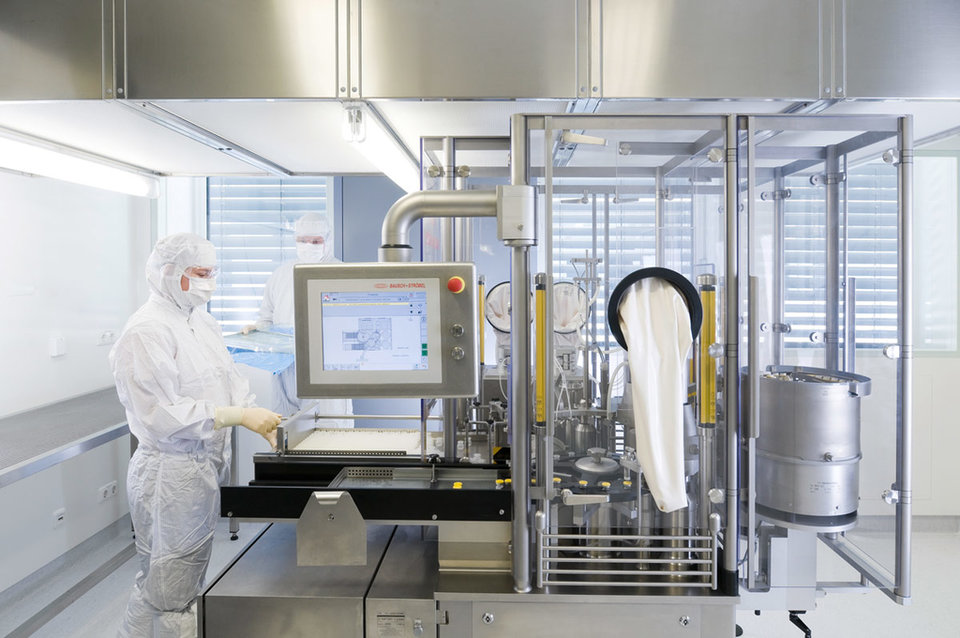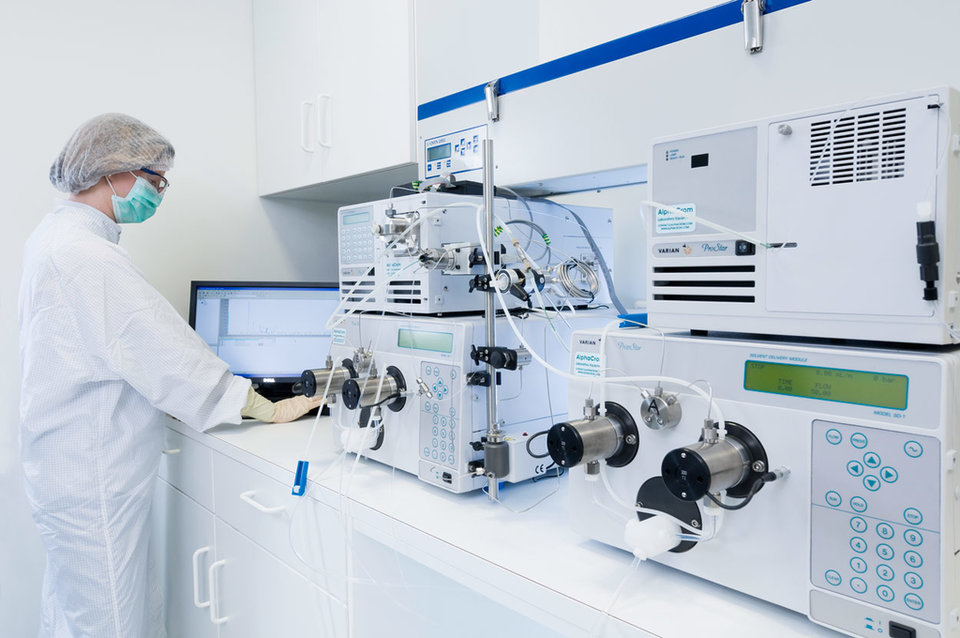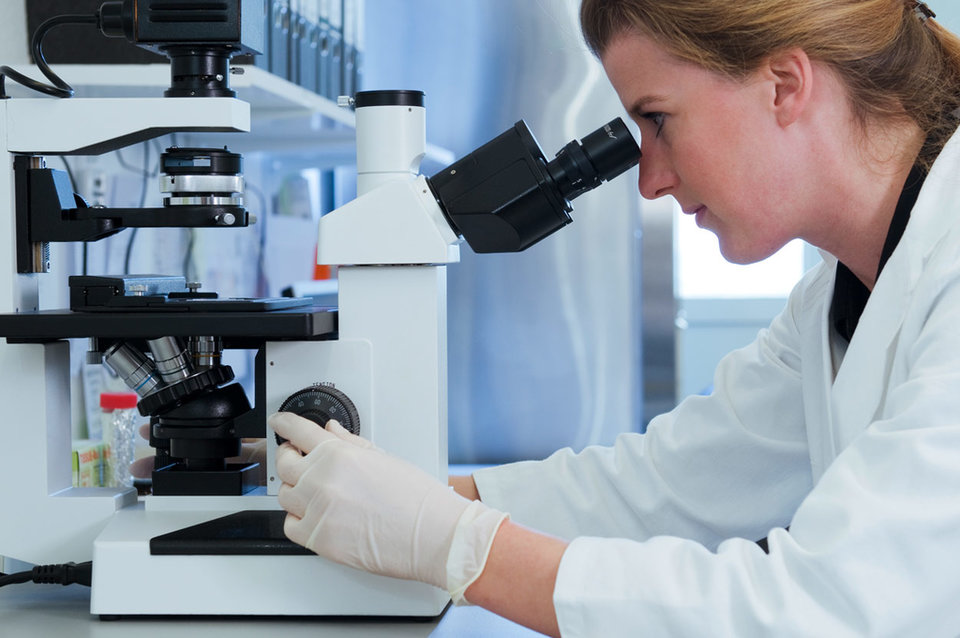Innovation
Revolutionising cancer treatment: using mRNa to target tumours
Eli Lilly recently announced it is investing $1.8bn in a project to develop mRNA cancer vaccines. While work is still at an early stage, research suggests that mRNA could guide immune attacks on tumours. Abi Millar explores the potential of this approach
Therapeutic vaccines for cancer are not a new idea. Researchers in the field have been deliberating the idea for several decades, musing that a cancer vaccine would work in much the same way as a vaccine for infectious disease.
Through injecting the person with cancer-specific proteins (neoantigens), or possibly whole tumour cells, the treatment would trigger an immune response. The immune cells would be primed to attack any future cancer cells they encountered, leaving healthy tissue unharmed.
Unfortunately, such a vaccine has proven elusive, with most candidates stalling in early-stage clinical trials. A 2005 article on the subject opened with the sentence “The history of cancer vaccines is a history of failure.” And while the first therapeutic cancer vaccine, Provenge for prostate cancer, was approved in 2010, it remains the only one on the market to date.
Over the last few years, however, interest has begun to build. This is largely thanks to mRNA cancer vaccines, a new and experimental type of vaccine touted as a potential game-changer in treating cancer.
Already, a number of pharma companies have set their sights on the field. In June 2016, Merck joined up with Moderna Therapeutics to develop mRNA-based cancer vaccines, paying $200m upfront. A few months later, Genentech signed a $278m deal with BioNTech to partner on its vaccine platform.
Then, in October last year, Eli Lilly upped the stakes, announcing it was investing $1.8bn in a project with German biotech company CureVac.
“The agreement focuses on developing up to five shared neoantigen cancer vaccines,” explains Daniel Menichella, US CEO of CureVac Inc., CureVac’s Boston-based subsidiary. “The deal includes a $50m upfront payment and an equity investment of €45m from Lilly, with CureVac eligible for $1.7bn in potential milestones if all five vaccines are developed, plus royalties on products.”
Personalised vaccines: delivering patient-specific neoantigens
There are several reasons why cancer vaccines are so hard to develop. For one, the body can sometimes struggle to distinguish cancer cells from healthy cells. For another, cancer cells mutate rapidly, meaning any given patient will have their own particular pattern of neoantigens.
That being the case, some research teams are turning their attentions towards personalised cancer vaccines, which are made by analysing the patient’s own tumour sample. These vaccines deliver neoantigens to match the ones on the person’s cancer cells.
Each of the 13 patients involved…developed immune responses against multiple vaccine targets
In recent years, this approach has started to gain traction, with several research groups publishing promising early stage results. For instance, the BioNTech/Genentech partnership reached an important milestone in July, when the results of its Phase 1 trial were published in Nature. Each of the 13 patients involved, who were suffering from late-stage melanoma, developed immune responses against multiple vaccine targets, with eight of them remaining tumour-free at 23 months.
The study featured alongside an unrelated paper on personalised mRNA vaccines for melanoma, which also showed considerable success in preventing tumour recurrence.
Meanwhile, Moderna and Merck began their first-in-man trial in November. This trial is expected to enrol up to 90 patients, making it the largest trial of personalised mRNA vaccines to date.

Immunotherapy lottery offers potentially handsome rewards
Other researchers are taking a different tack, designing vaccines that target shared or public neoantigens (i.e. commonly recurring biomarkers found in large groups of patients with a given cancer). While this approach could feasibly help more patients at a lower cost, it isn’t easy – most of the mutations that produce neoantigens are patient-specific.
As a recent paper in the Journal of Experimental Medicine reinforced: “Discovering a ‘public’ neoantigen is akin to winning the proverbial immunotherapy lottery: the odds are long but the potential rewards can be handsome.”
Discovering a ‘public’ neoantigen is akin to winning the proverbial immunotherapy lottery
Winning that reward is what the Eli Lilly/CureVac project aims to do, with Lilly responsible for identifying the oncological targets and indications for the vaccines. CureVac, meanwhile, will design and optimise the mRNA constructs that are used.
“CureVac will also be responsible for manufacturing using its state-of-the-art GMP facilities. Lilly is responsible for moving any promising vaccine candidates into the clinic and through to commercialisation,” says Menichella.

An mRNA cocktail: activating the immune system
CureVac’s proprietary technology, RNActive®, is designed to encode a wide array of target proteins for many different indications. Here, it will be used to create mRNA molecules that activate the patient’s immune system.
“mRNA is a data carrier, capable of instructing the immune system to produce its own proteins, antigens, antibodies, etc., to fight disease,” says Menichella. “This can be applied to cancer vaccines in the form of shared tumour neoantigens, an approach that targets groups of tumour-specific proteins not expressed on normal cells.
”As well as coding for the neoantigens, the vaccines will need to provide a general boost to the immune system, via a “molecular complexation partner”. This will generate a more robust response against the tumour than would otherwise be the case.
As well as coding for the neoantigens, the vaccines will need to provide a general boost to the immune system
“Our platform enables us to create a cocktail of different mRNA constructs inside a single vaccine,” says Menichella. “This works by triggering a strong and long-lasting immune response against the target proteins or antigens that are encoded into the mRNA.
”The collaboration with Eli Lilly is not CureVac’s first venture into cancer vaccines. Previously, the company was working on a prostate cancer vaccine, CV9104, which failed its Phase IIb trial last January. Despite this setback, CEO Ingmar Hoerr remained sanguine, telling labiotech.eu: “What we’ve learned here is that mRNA is not enough on its own – you have to break tolerance and you have to make it more immunogenic.”

Could combination treatments prove effective?
Essentially, what this means is that mRNA vaccines may never work as a standalone treatment. However, if animal models are any indication, they might prove very effective in combination with a checkpoint inhibitor.
A fast emerging class of drug, checkpoint inhibitors work by blocking the mechanisms tumours use themselves to protect against immune cells. In other words, they remove the cancer cells’ defences, enabling the mRNA-boosted immune cells to go in for the attack.
One key benefit of mRNA vaccines is that they’re quick to manufacture
“We believe mRNA-based cancer vaccines such as the shared neoantigen vaccine approach that CureVac is doing with Lilly will eventually be used in combination with other immunotherapies such as checkpoint inhibitors in order to bring therapeutic benefits to a wider group of patients,” says Menichella.
Since the work is currently at its pre-clinical stage, this goal is some way off. However, one key benefit of mRNA vaccines is that they’re quick to manufacture, potentially reducing the amount of time it takes to move a promising candidate to the clinic.
“The collaboration has just begun but both parties plan to move quickly with the goal of bringing important shared neoantigen vaccines to the marketplace where they can help patients,” says Menichella.
